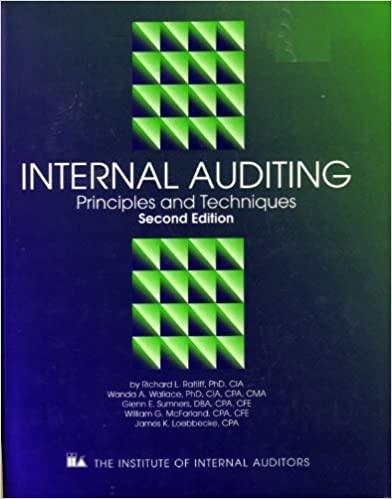Question
Jones Company: Analyze the accounting equation for another business, Jones Company. Assume that the assets are $48,000 and the liabilities are $19,200. By rearranging the
Jones Company: Analyze the accounting equation for another business, Jones Company. Assume that the assets are $48,000 and the liabilities are $19,200. By rearranging the accounting equation, you determine that owner's equity is $28,000. During the year, the owner invested an additional $4,000 in the business. The company also paid off $2,500 of its debt. What would the accounting equation look like at the end of the year for Jones Company? Enter the updated amounts for Jones' accounting equation below.
| Assets | = | Liabilities | + | Owner's Equity | |||||||||||||||||||||||||||||||||||
|
Lets put all the pieces together now. Suppose that you are analyzing Martin Company. You know that at the beginning of the year, the assets equaled $320,000 and the liabilities equaled $176,000. During the year, assets increased by $48,000 and owner's equity increased by $24,400. The change in owner's equity includes all increases and decreases. Further analysis reveals that the changes in owner's equity were caused by revenues of $223,200 and expenses totaling $112,320 during the year, and additional owner's investments of $50,000 in the first half of the year. Because of your understanding of the accounting equation, you realize that withdrawals by the owner must have also occurred during the year. However, you must determine the amount for those withdrawals. What is the amount of withdrawals made to the owner of Martin Company during the year? Complete the equation below with amounts for the end of the year.
|
|
Step by Step Solution
There are 3 Steps involved in it
Step: 1

Get Instant Access to Expert-Tailored Solutions
See step-by-step solutions with expert insights and AI powered tools for academic success
Step: 2

Step: 3

Ace Your Homework with AI
Get the answers you need in no time with our AI-driven, step-by-step assistance
Get Started


